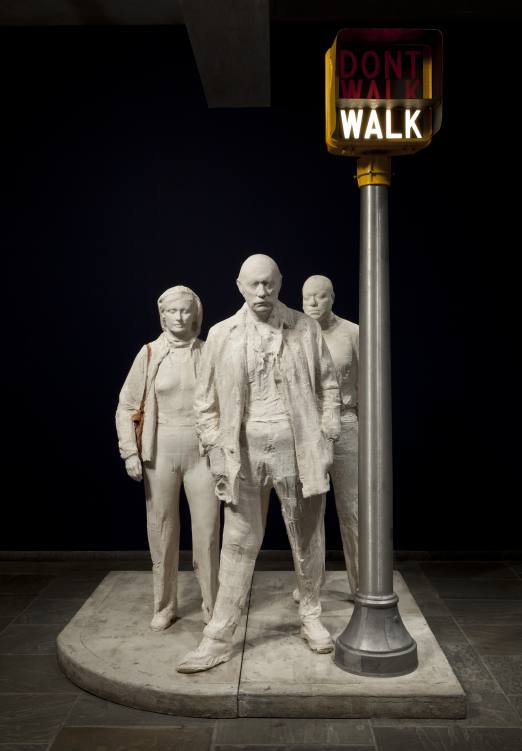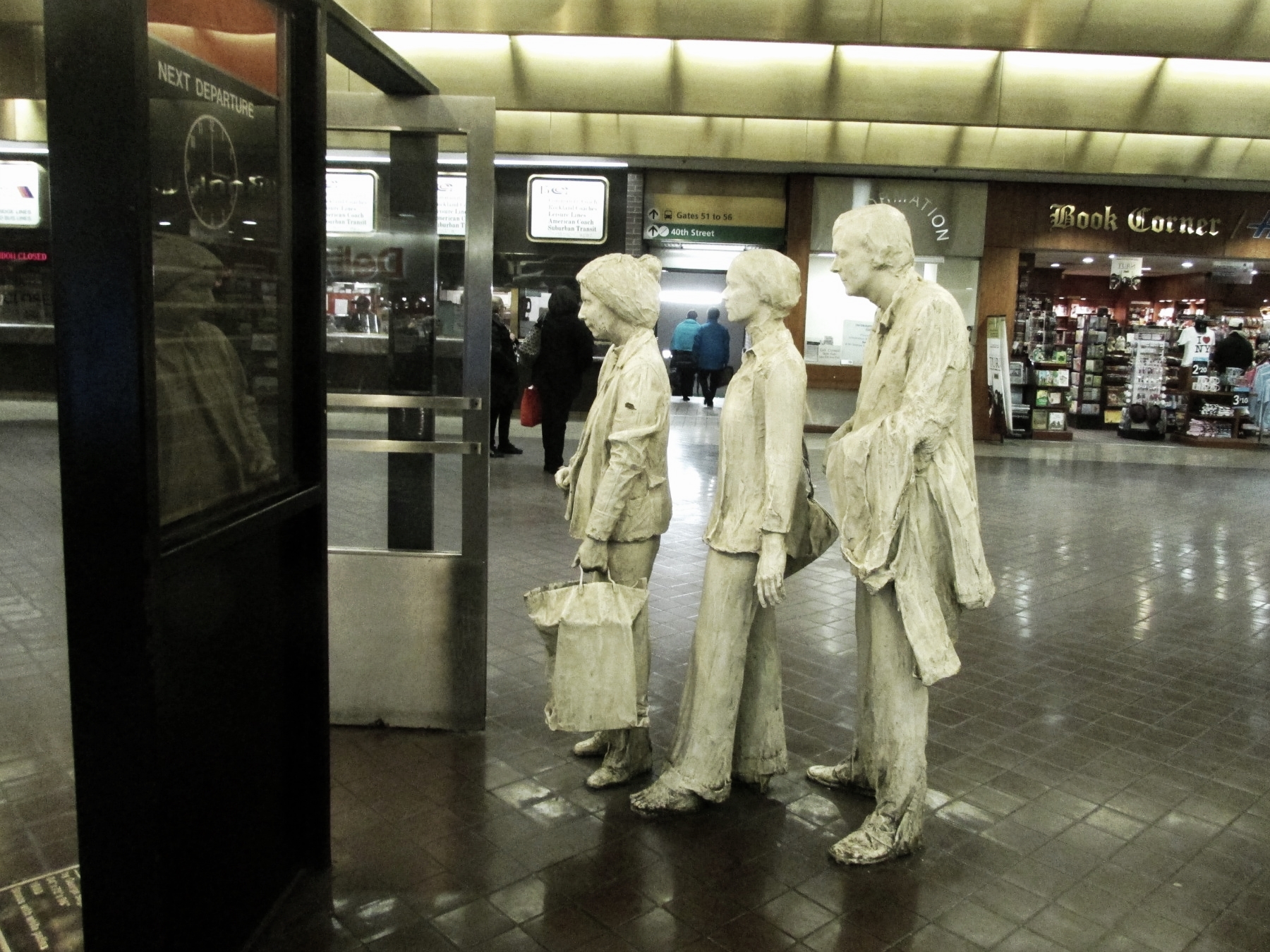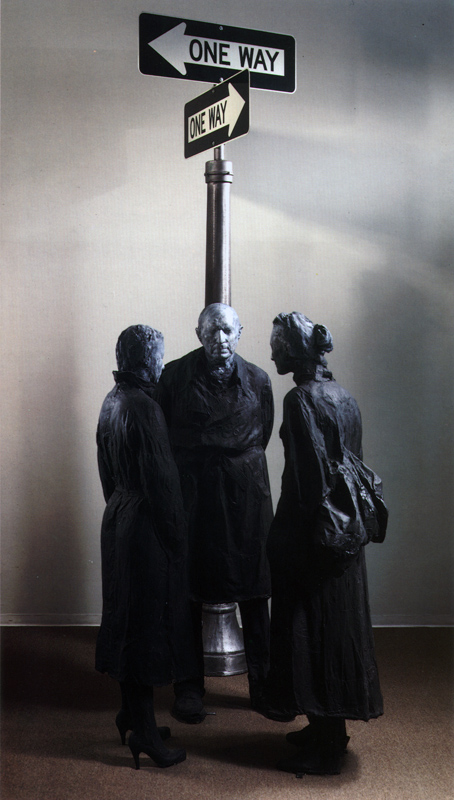WANDERERS
DECEMBER 2012 - JANUARY 2013
Wanderers (2012)
Growing up in a major metropolitan city like Los Angeles, I was always fascinated by the unwritten social rules against public interaction between people in close proximity, whether this is at a bus stop, an office lobby, or a loaded train. Specifically, I was intrigued by the seemingly paradoxical phenomenon of feeling lonely in a crowd. With the advent of social networks, personal telecommunication devices, and the ubiquity of the internet, people are more and more withdrawn from the world around them and it can seem daunting to reach out to or speak to someone you don't know.
Proposed location for Wanderers on the University of California Santa Barbara campus.
Once while I was riding on the bus at night towards UCSB, I stared out the window as the bus approached the last bus stop by North Hall. As the bus came around, the headlights of the bus illuminated the faces of everybody waiting to enter the bus. I became entranced by the flat expressions on everyone’s faces as they briefly came out of their individual little worlds and prepared for their shared journey together. Their "flatness", grouped isolation, and perceived luminescence made me aware of the mutual disconnect from the group of people I had just traveled with.
Wanderers (2012) began as a project for Sculpture/Spacial Studies under Professor Kim Yasuda and evolved into a project proposal for a permanent installation at the University of California Santa Barbara campus. The installation would encompass 8 slightly larger than life sized aluminum on plywood sculptures placed surrounding the UCSB main bus loop. These sculptures would be spaced out through the bus loop, each far enough from the others, that it would give the illusion of people waiting for the bus. By backing the brushed aluminum with plywood, the sculptures served a practical purpose too, as they could be used to place event flyers on the back. The sculptures would be visually consistent with a nearby sculpture in the grassy knoll between North Hall and the bus loop of a flat silhouette of a person. Wanderers attempts to recreate that same ephemeral moment of realization of being surrounded in a shared public space.



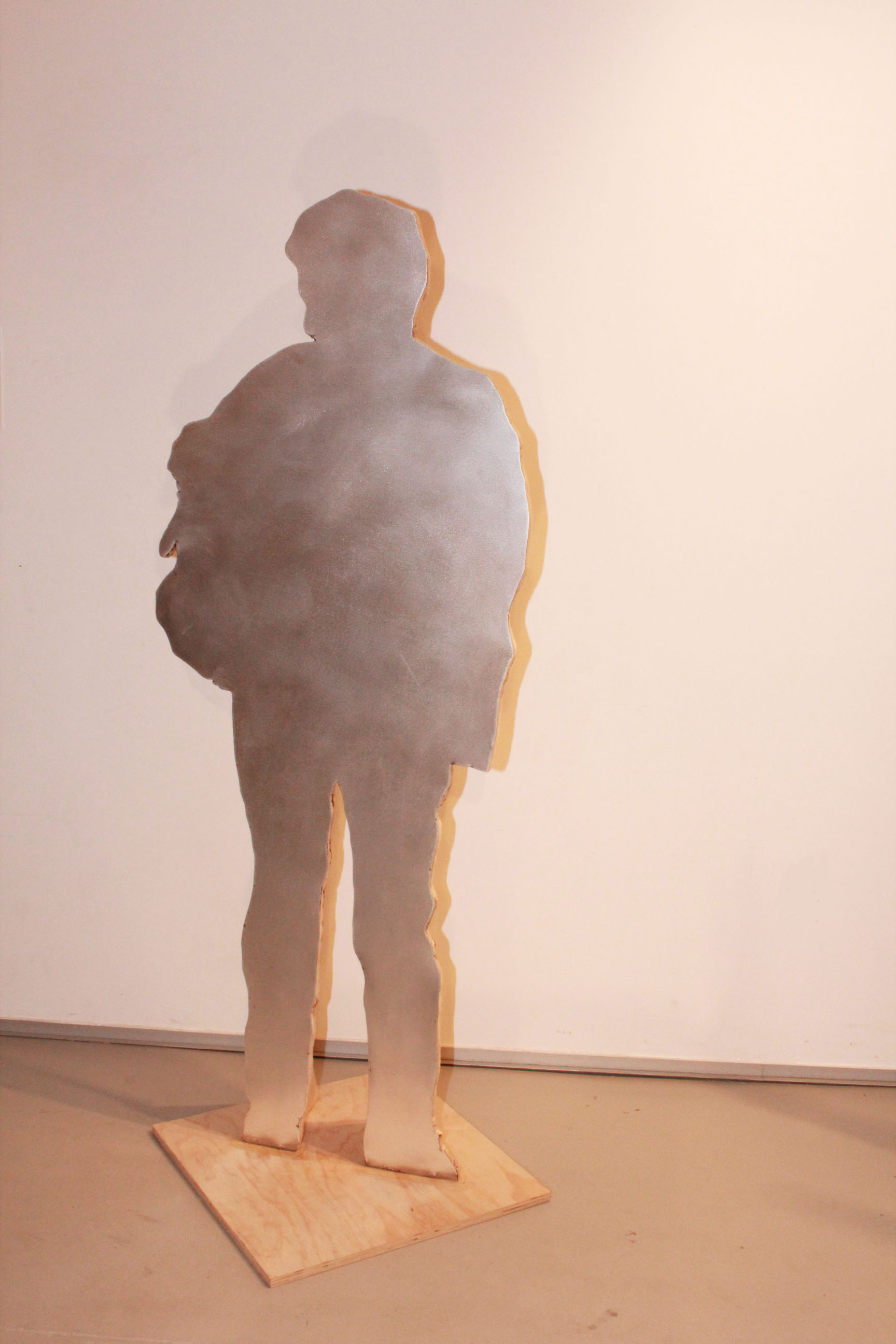
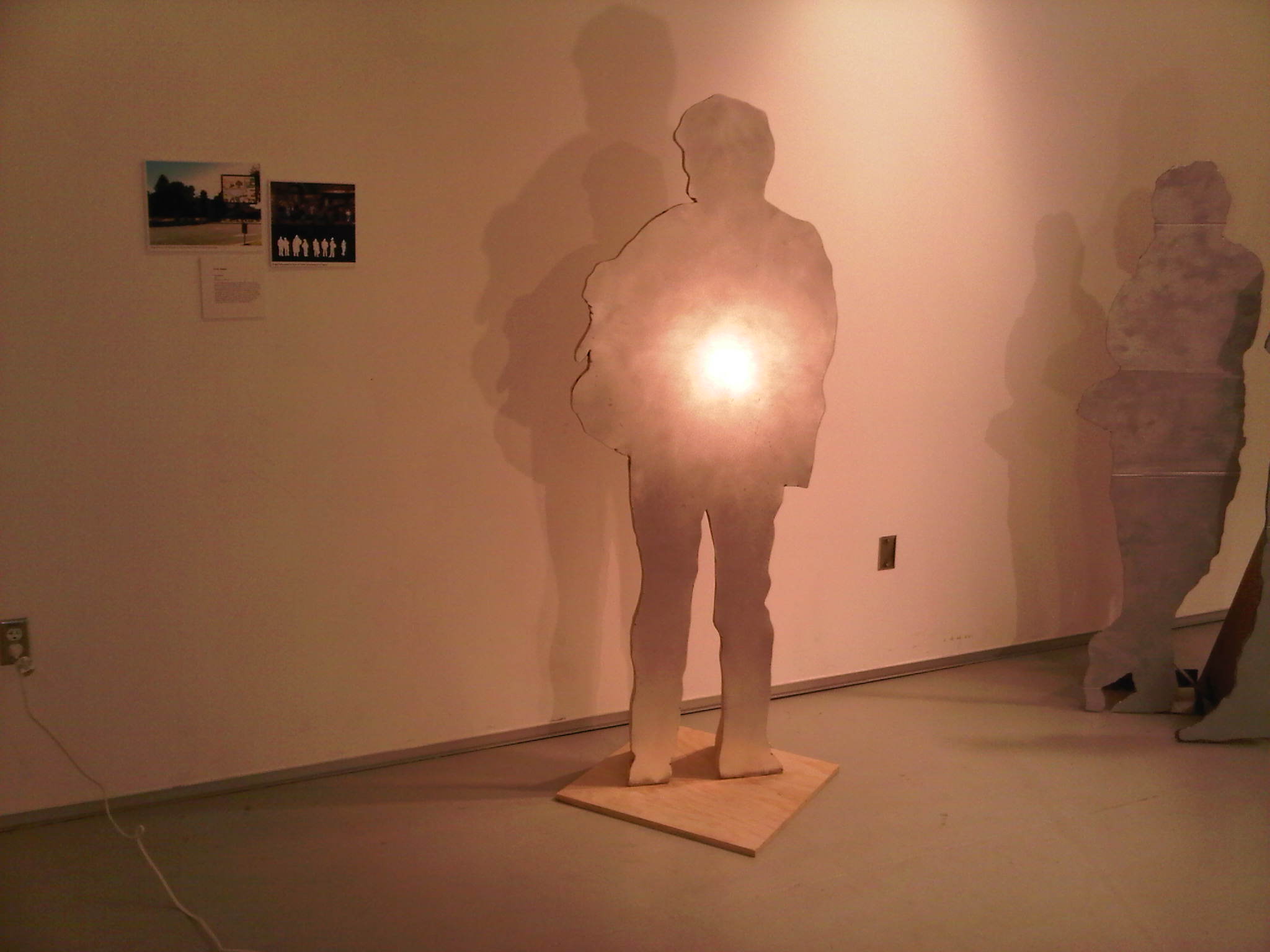
Chair Car (1965)
The concept was primarily inspired by the works of Edward Hopper. The themes of loneliness, regret, urban life and settings permeated by estrangement are integral to Hopper's oeuvre and highlight the ephemeral, transitory nature of contemporary life which this proposal addresses. Hopper's paintings sometimes have a single pensive figure stuck in its own world, disconnected from the world and lost in their own private worries. The main Edward Hopper inspirations for Wanderers were Soir Bleu (1914) and Chair Car (1965).
The other major influence in the conception of Wanderers is the sculptural works of George Segal. Segal's sculptures of groups of people involved in every day, mundane activities are thematic cousins to this installation. These sculptures would then be placed in public settings or furnished with every day found items. Thematically, Segal was interested in the mundane and in the practice of getting serendipitous glimpses of other people's lives. While the entirety of George Segal's work proved to be an influence in bringing Wanderers to fruition, The Restaurant Window (1967), Walk, Don't Walk (1976), The Commuters (1982), and Chance Meeting (1989) in particular were the works that inspired the conception of this proposal.


